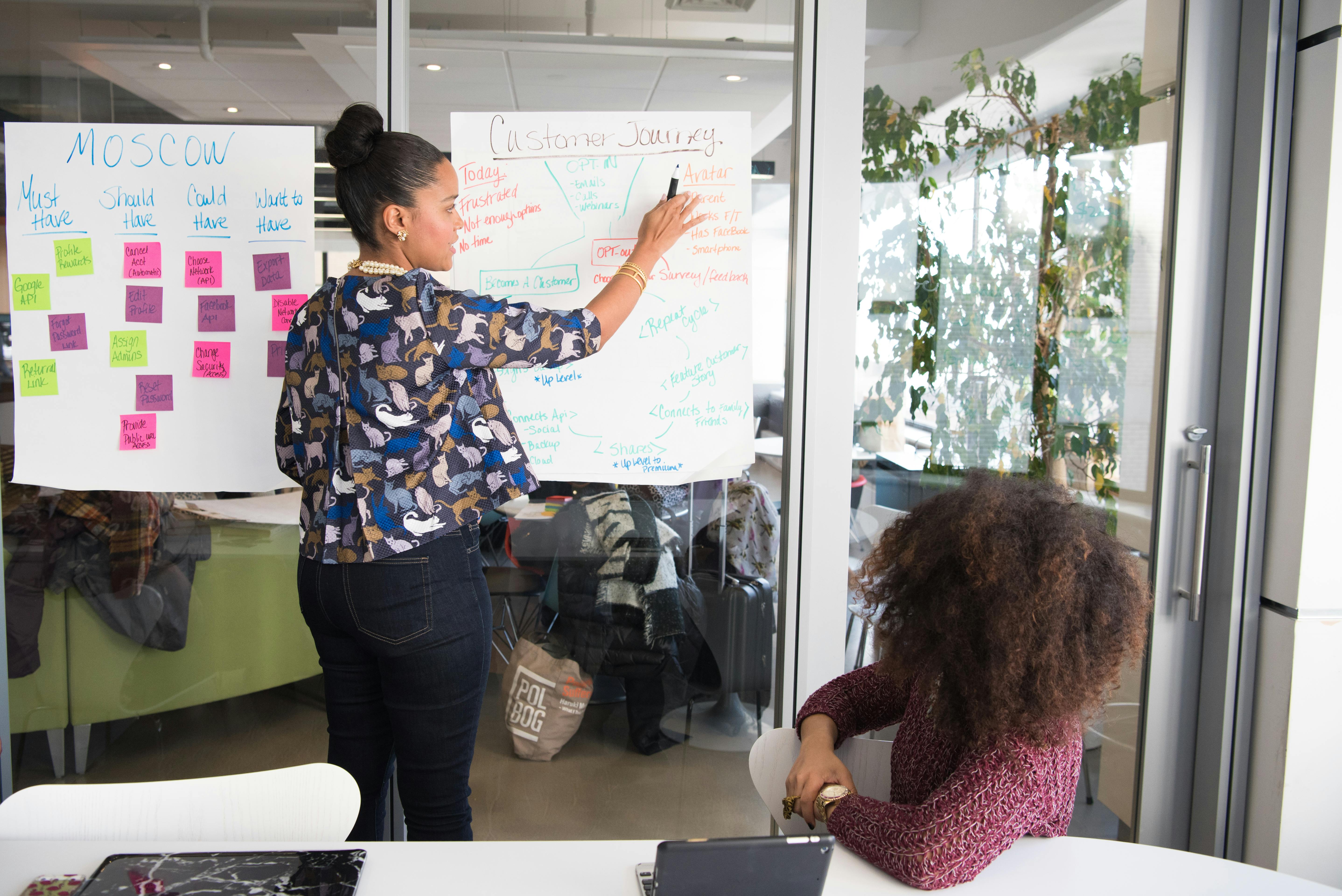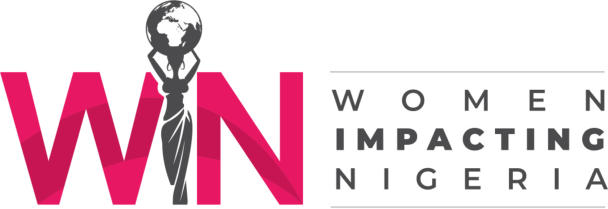In today’s modern world, companies are implementing modern initiatives and strategies to evolve and adapt to latest development in the workplace. Hence, diversity and inclusion are fast becoming indispensable in today’s workplace as they are now considered best for business operations and necessary to foster an amicable working environment, which positively contributes to job performance in return.
The recent COVID 19 pandemic and its repercussions on business has further reshaped the business culture drastically making diversity and inclusion more important than ever.
The concept of diversity is about empowering individuals to achieve their goals and passion regardless of their gender, race, color, values, culture, disability, economic orientation and other separating factors. It involves understanding and embracing the fact that people have individual characteristics which make them unique.

These individualities may include personality traits, life experiences, and cognitive approaches to problem solving. Workplaces that are perceived as diverse have the highest levels of employee engagement, and therefore creativity and productivity.
On the other hand, inclusion is having a sense of belonging, feeling valued for who you are, and sensing a level of supportive energy and commitment from others in a manner that drives you to do your best at work. Inclusion happens when each employee is valued, heard, respected, empowered, and feels a true sense of being in the right place.
There is an intractable nexus between diversity and inclusion. They both must be implemented hand in hand to maximize impact in the workplace. For example, if your employees are diverse but their unique perspectives are not being heard and or they don’t feel a sense of belonging, the impact is lost. Likewise, both, if executed correctly are a potent secret resource to moving your organization forward. This is because these features guarantee better business outcomes, happier and more productive staff.

In fact, employees watch out for these elements in organizations when seeking the right job for themselves. There is a need for the company and the employee to agree on a basic set of ethical norms. Aside from getting the job, it is very important for them to be able to adapt, be included and supported in the day-to-day work operation for their own personal success (sense of accomplishment) as well as those for the company.
Even better, a workplace that is inclusive and diverse has a better competitive advantage and stands a better chance of gaining a higher financial turnover. These elements, if properly implemented, increase the organization’s quantity and quality of ideas. They provide an encompassing creative power that unlocks individual potentials, enables unique thinking, and makes problem solving easier through a deeper and more comprehensive worldview. The workplace tone has been set to enjoy innovative results and value creation which drives faster realization of business goals. Since the team members value each other’s differences, they are blended to collaborate towards attaining success.
Nowadays, organizations aim to be at the forefront of driving industry growth. Hence, they have taken initiatives to promote diversity and inclusion in their workplace.
Below are some major steps you could adopt to drive workplace inclusion and diversity.
Set Inclusion and Diversity goals

Investigate the systems and processes at place within your organization. Oftentimes, unequal power structures present in the society can easily become embedded in organization operations. You can change this process by setting goals that incorporate employees to feel like a part of the company, not only regardless but thanks to their individualities.
Ensure that diversity is integrated into the daily experience at work and help employees develop critical thinking around issues that affect them. Aim to implement project goals where each individual can contribute by bringing their own experience, background and talent. Let your organization goals, mission and values be welcoming to everyone equally. If possible, there should be at least a diversity-focused training for employees to create diversity awareness.
Communicate Inclusion and Diversity

Make your goal of inclusivity and diversity visible by publicly communicating your commitment to embracing all kinds of talents. Invest in creating a workplace that is considered safe havens for talents to bring their own individual self to work.
Beyond that, you will gain a rich human and cultural point of view that will help you expand your organization to more diverse markets, both locally and internationally. Another great way is to invest in a workforce communication platform by integrating your entire communication channel into one platform. Aim to reach each employee on their preferred channel. This will truly help your employees feel connected and included in larger company initiatives and goals. Encourage the atmosphere enabling employees to feel comfortable speaking their mind honestly and openly.
Practice Empathetic leadership

Good leadership gives importance to employees’ sense of belonging intellectually and emotionally. It has the responsibility to make sure that the working environment is safe, accommodating and welcoming to everyone without discrimination. It needs to take decisive steps so that every employee and team member feels protected, supported, and covered.
Leaders should adopt the behavior they want to see within their organization, treating employees respectfully, equally, and in an accepting way. Leaders should display great empathy for their employees, connecting with them and showing interest to build a relationship of trust. Educate your leaders to make sure they adopt the right behavior towards employees.
Value your employees

Embracing the diverse working experience your employees are bringing into the workplace improves the brand experience and enhances productivity.
On the other hand, coming from diverse backgrounds means they will bring diverse solutions to achieve a common goal – your goal. The more your workforce varies, the more diverse the brainstorming, the richer your solutions, the more productive your team will be.
So, listen to your employees and celebrate their differences as important assets of the organization.
Adopt policies that incorporate Diversity and Inclusion

There is a need for a well-prepared HR policy. Talent acquisition is the first step towards achieving diversity. Diversity needs to be incorporated in manpower planning and procurement with well-defined and unbiased processes. Examples could be the provision of proper compensation policy without discrimination of gender, equal participation in employee training and workshops, employee friendly policies that balance professional and personal life, meeting the needs of people with disabilities, practice unbiased performance assessment, etc. All candidates should be measured by the same scorecard and bias should be eradicated. Try introducing policies that welcome diverse religious and cultural practices, taking into account holidays and celebrations for example. Most importantly, strengthen anti-discriminatory policies and set-up corporate punishments for behavior going against those policies.
Connect with individuals in the workplace

Connection among employees drives collaboration, nurtures healthy working relationships, and promotes knowledge-sharing. In fact, the more connected team members are, the more competent the workplace will be. Endeavor to foster a company culture were every voice is welcomed, heard and respected.
Think of your organization as a community and encourage the set-up of social events that unite employees together.
To sum it all a diverse and inclusive workforce directly and indirectly reflects different communities around the world. This in a way provides a national and International reputation of inclusion that can build your organization and make it a recognized brand while spreading values of respect, tolerance and equality.





